Beth asked:
I’d like to replace a grassy slope (~ 6 ft x 20 ft) into a strawberry patch. Are there special considerations for hillside planting?
Jump to:
Answer to: Planting Strawberry Plants on a Hill?
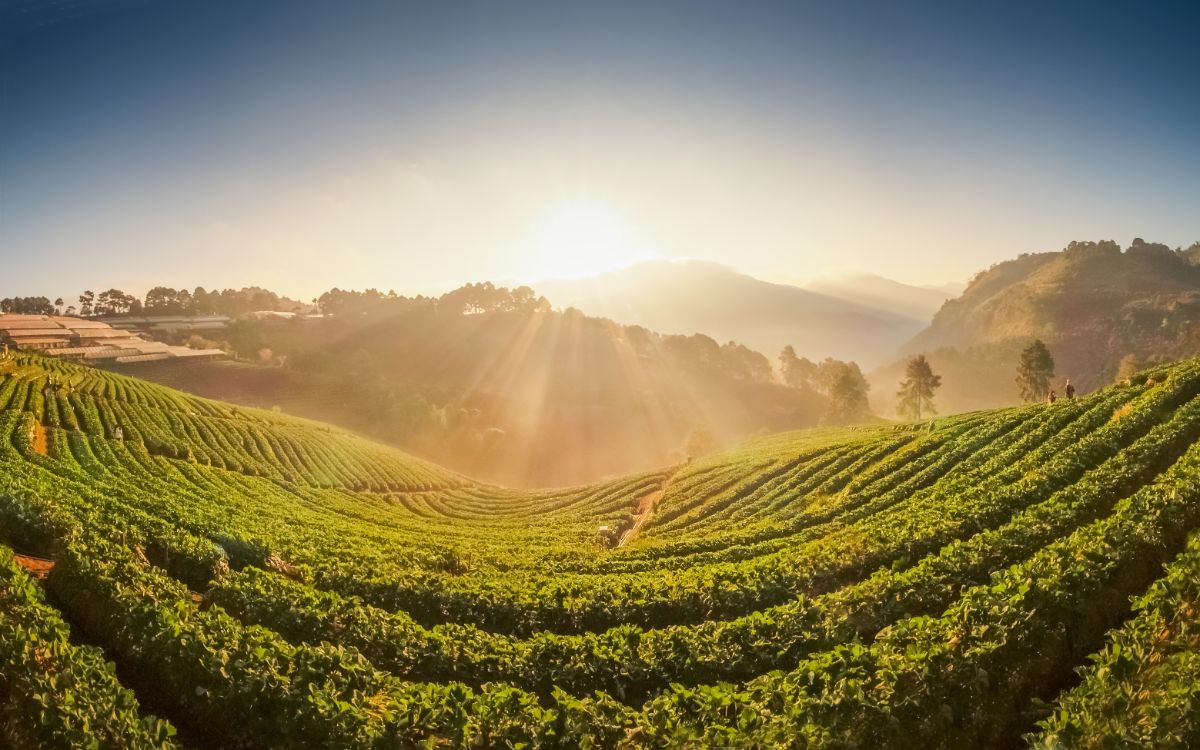
Beth,
Yes, there are several important considerations to factor in prior to beginning your project. I’ll discuss the main ones so that you’ll know what you are up against.
1. Growing System Considerations for Hillsides
As discussed elsewhere on this site (use the search box at the top right if you’d like more information on a specific growing system), there are several popular growing methods. Commercial producers typically use the plasticulture method and re-plant their strawberry crops each year. Most individual gardeners use the matted row system, but some will opt for the hill system or other lesser-used options. Almost always, the matted row system will work best on hills. The additional plants that are allowed to root will help minimize soil erosion. To best minimize erosion, however, it would be advisable to allow a significant number of additional runner plants to root. This dense matted row will do a better job at securing the soil, but berry size and quantity may be slightly compromised.
2. Difficulties with Any System Used on a Hill
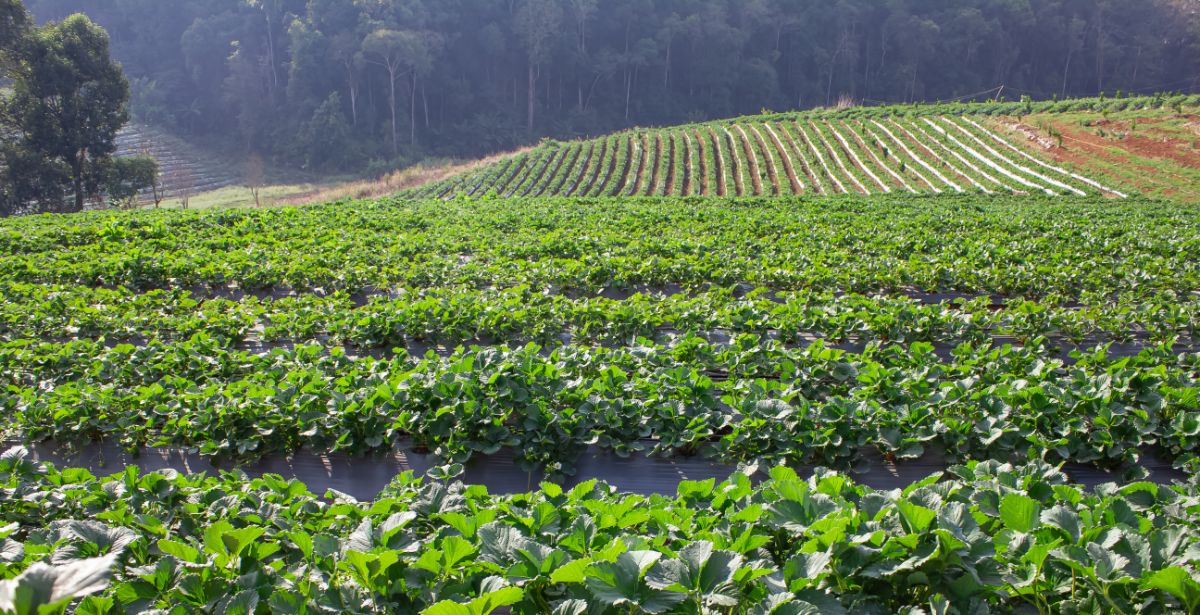
Depending on the incline of your grassy slope, other factors can cause problems. In order to successfully grow strawberries, there are a number of steps to do throughout the year. Planting strawberries on a hillside can hamper or altogether prevent the normal maintenance processes like mowing and renovation.
- Watering may be more difficult and, as just mentioned, can strip your soil of needed nutrients as the runoff follows the gradient of the slope.
- Strawberries need full sun. The hillside can be positioned to block sunlight from reaching the foliage of the plants during part or even most of the daylight hours. It is best if you plant strawberries on a hill that faces southward.
- Weeding can be a beast of a burden. Strawberries don’t produce well if they have to compete with other plants or even amongst their kindred strawberry neighbors. Weeding on a hillside will likely have to be done exclusively by hand if a protective covering is not used. So, if you are planning on planting on a already-grassy slope, you’ll need to remove or till under all the grass prior to planting. Then, I’d recommend using a landscape cloth (one that allows the free passage of water) to completely cover the area to be planted. Once covered, snip small holes in the top of the cloth and plant your strawberries through the hold into the soil beneath. Failure to do this will likely result in you giving up due to the sheer number of weeds that will arise to make your gardening a frustrating experience.
- Mulching is difficult. Strawberries go dormant each winter until the warming rays of the spring sun reinvigorate them. Part of the vital treatment during dormancy is to mulch your strawberries to prevent cold damage (or death). Mulch is usually held in place by gravity, but if you have enough of a slope, your efforts to mulch will will likely result in minimally protected plants and a big pile of straw or pine needles at the base of the hill.
3. Benefits of Planting Strawberries on a Hillside
But, planting strawberries on a hillside can be a productive endeavor, it just takes a bit more planning and work. Hills and banks aren’t often much use to a farmer. However, since strawberry plants can grow and propagate themselves by runners, planting strawberries on a hillside can yield a decent harvest of yummy berries. Just be sure use a bit of ingenuity to overcome the problems I’ve mentioned above!
Good luck!
This is a question submitted to StrawberryPlants.org by a reader. See the Strawberry FAQ for more questions and answers.


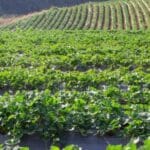



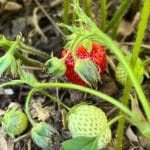

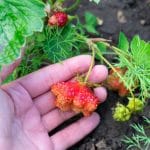
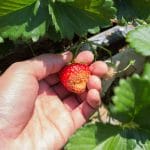
Meghan Hoffman says
Very helpful post! My parents want to plant some strawberry, so I decided to do some research and give them some useful tips. Thanks for sharing!!